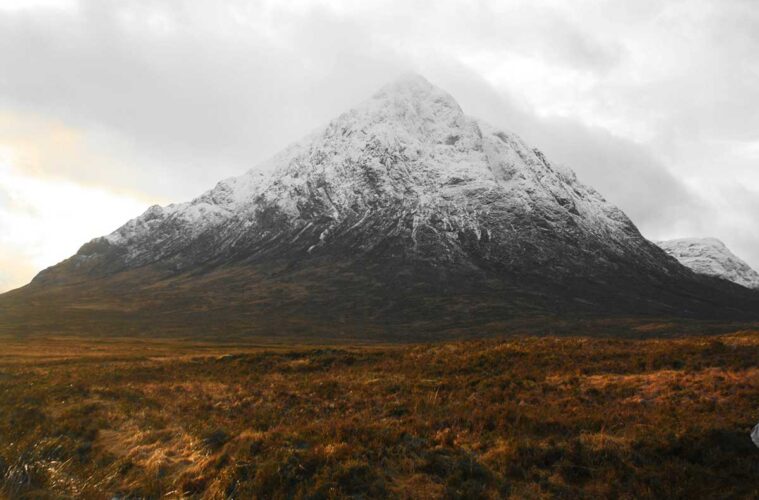The Scottish Highlands, a region renowned for its dramatic landscapes, rugged mountains, and serene lochs, remains a top destination for travellers seeking an authentic experience. In 2023, the Highlands welcomed 2,285,000 overnight visitors, both domestic and international, who were eager to explore its natural beauty and cultural heritage. These visitors spent a total of 7,640,000 nights in the region, contributing significantly to the local economy with a combined spend of £762 million.
But what makes the Highlands so intriguing? Is it the allure of its mist-covered peaks, the charm of its ancient castles, or the tranquillity of its remote villages? Perhaps it’s a combination of all these elements. As we delve deeper into the Highlands, we’ll uncover some of its most iconic attractions and hidden gems, offering a comprehensive guide for those planning their next adventure. For those who enjoy a bit of leisure after exploring, checking out the UK’s top-paying casinos could be an interesting option.
Hiking the iconic West Highland Way
The West Highland Way is one of Scotland’s most celebrated hiking trails, stretching 96.8 miles from Milngavie to Fort William. This trail, established in 1980, takes hikers through some of the most breathtaking scenery the Highlands have to offer. Each year, around 36,000 people embark on this journey, which typically takes about eight days to complete.
Trail highlights
The West Highland Way traverses a variety of landscapes, from the gentle rolling hills of the Lowlands to the rugged mountains of the Highlands. Along the way, hikers will pass through the Loch Lomond & The Trossachs National Park, offering stunning views of Loch Lomond, the largest freshwater loch in Scotland. The trail also skirts the shores of Loch Tulla, Loch Leven, and Loch Eil, providing ample opportunities for picturesque photography.
Practical information
Hikers can expect to cover an average of 12.1 miles per day, with the longest day reaching 16.4 miles and the shortest being 7 miles. The trail is well-marked and offers various accommodation options, from campsites to cozy bed-and-breakfasts. It’s essential to be prepared for the weather, as the Highlands can be unpredictable. During an eight-day hike, one might experience around 2.5 inches of rainfall, with significantly more rain possible in the days following the trek.
Notable landmarks
Key landmarks along the West Highland Way include the Conic Hill, offering panoramic views of Loch Lomond, and the Devil’s Staircase, a challenging ascent that rewards hikers with spectacular vistas. The trail also passes through the historic village of Kinlochleven, home to a hydroelectric plant, and the picturesque Glen Nevis, leading to the foot of Ben Nevis, the highest mountain in the British Isles.
Hidden gems: Lesser-known trails in the Highlands
While the West Highland Way is undoubtedly a highlight, the Highlands are also home to numerous lesser-known trails that offer a more secluded experience. These hidden gems are perfect for those seeking tranquility and a deeper connection with nature.
The Affric Kintail Way
Spanning 44 miles from Drumnadrochit to Morvich, the Affric Kintail Way is a remote trail that takes hikers through the stunning Glen Affric, often dubbed the most beautiful glen in Scotland. This trail is less crowded than the West Highland Way, providing a serene environment to enjoy the lush forests, sparkling lochs, and impressive waterfalls.
The Cape Wrath Trail
For the more adventurous, the Cape Wrath Trail is considered one of the toughest long-distance walks in the UK. This 200-mile route from Fort William to Cape Wrath is unmarked and requires excellent navigation skills. The trail traverses some of the most remote and wild landscapes in the Highlands, including the Knoydart Peninsula and the rugged coastline of Sutherland.
The Great Glen Way
The Great Glen Way offers a more moderate challenge, stretching 79 miles from Fort William to Inverness. This trail follows the Great Glen, a natural fault line that runs through the Highlands, and includes sections along the Caledonian Canal and the shores of Loch Ness. Hikers can enjoy a mix of forest paths, canal towpaths, and quiet country roads.

